For the past 21 years, four of us have transformed an abandoned lot into a native prairie. The project has given us an opportunity to express ourselves as guardians of the Earth. What would our Earth be like, if all humans did even 1-2 years of guardianship service for the land?
There is a lot of talk about “saving the planet’, but I don’t believe the Earth operates on such grandiose terms. The caring of one person is important even if it doesn’t make the evening news.
After 3-4 years the land took on a life of its own. A blooming prairie, bees, butterflies, grasshoppers, mice, sparrows, and us guardians – formed a web of life. The more connected to the land we were, the more life we felt because we were included.
When we first started creating the Friends of the Trail Prairie, people walking by on the bike path would shake their heads in disbelief. Once a policeman stopped and asked me if I was feeling okay. One observer summed up all the other people’s thoughts, “What are you doing down there, do you know?”. It is no wonder, people were in disbelieve. It was an abandoned lot sandwiched between a suburban road and a bike path. One acre of European spurge, Canada thistle, ragweed, and brome grass.
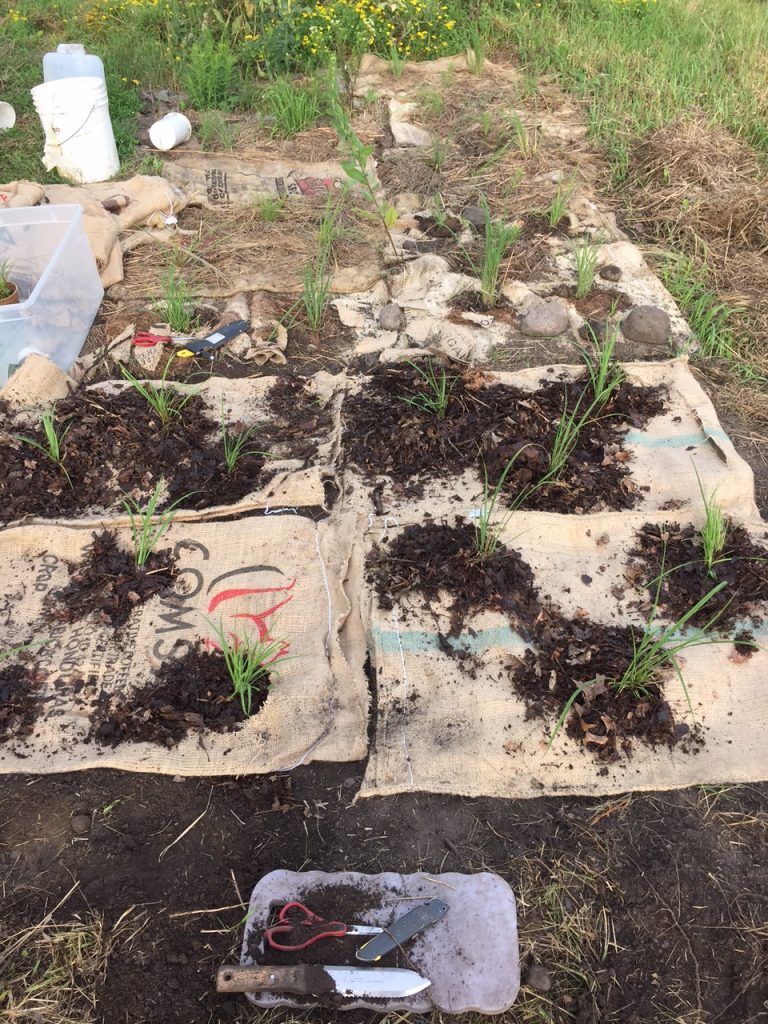
Native Big Bluestem
We plant over a hundred plants a year. We use burlap from Peace Coffee to control weeds for the first two years. All new plantings need to be watered by hand.
The weeds in most restored prairies are treated with a heavy dose of Round-up and land is left fallow for a year. In 21 years we have not done any herbicide spraying because of the detriment that herbicides have on the land and on the subsurface water table.
Being at the prairie is like ingesting a type of food that I need for my own survival.
This past season many of our native grasses did not grow. The thatch has built up over the years and smothered many of our plants. We need a burn on the prairie to reduce the thatch and weeds, but have been unable to get a permit from our city. Now we must extend our guardianship to the city government to speak up for the land.
People walk by the prairie now and say, “It looks beautiful, thanks for your service”.
My thought is,“It is not a service, but a partnership with the land. We get more from the prairie, than we actually give”.
The prairie has been beautiful this season because of all the rain we have had. But there have been several drought years. During those years, it was painful to be on the land and watch the plants slowly die from the lack of water. However, following those drought summers, the plants emerged, alive again.
Having a relationship with the land is different than landscaping a yard. At the prairie we encourage some plants to grow, by watering and protecting them from aggressive weeds. But in the end, the plants tell us whether they want to live or die there.
Reader Dale Antonsen’s comment was very touching:
You said it all with- “The more connected to the land we were, the more life we felt because we were included.” Your efforts have been repaid one-hundred-fold. A true guardian, one who finds their encouragement (and benefit) from a simple flower, the flutter of wings and buzz of happy bees.
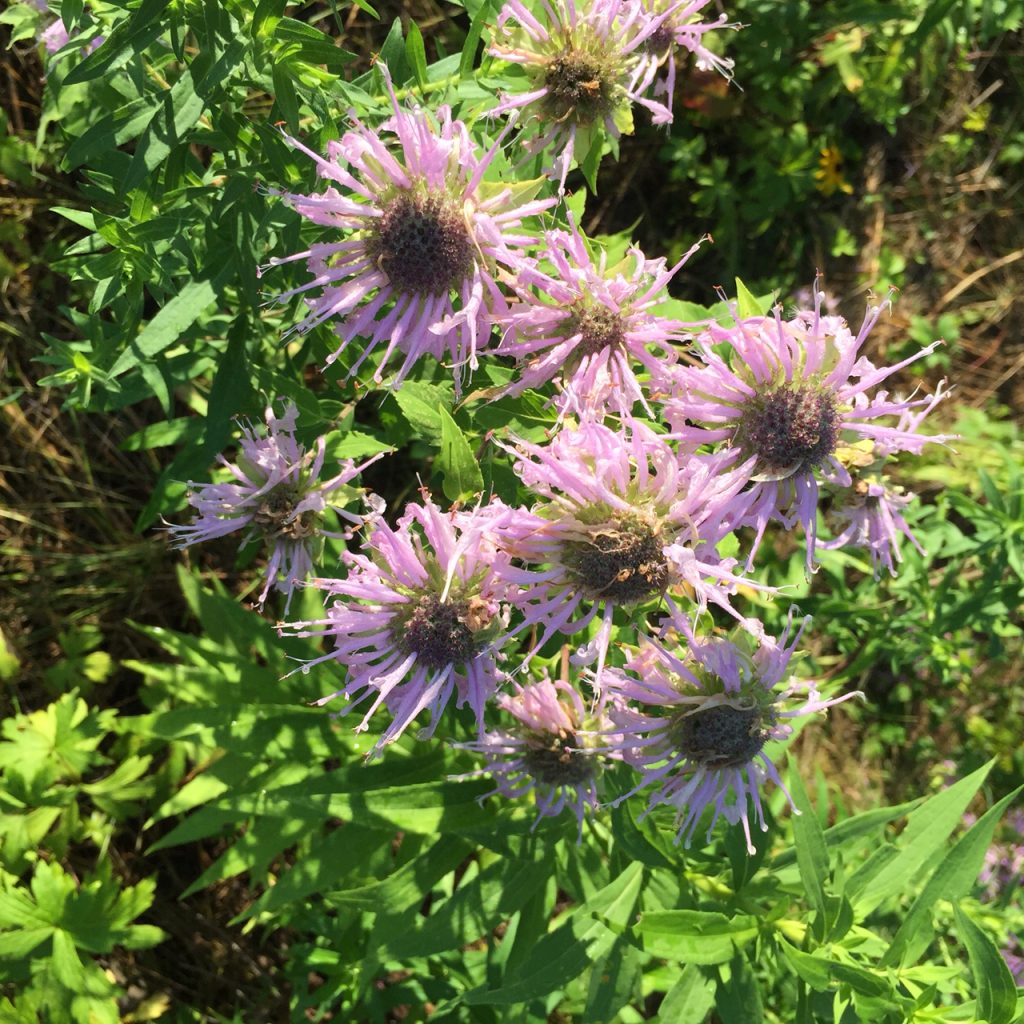
Monarda or Bee Balm
If you give it too much love it tends to take over.
A favorite of pollinators in mid July.
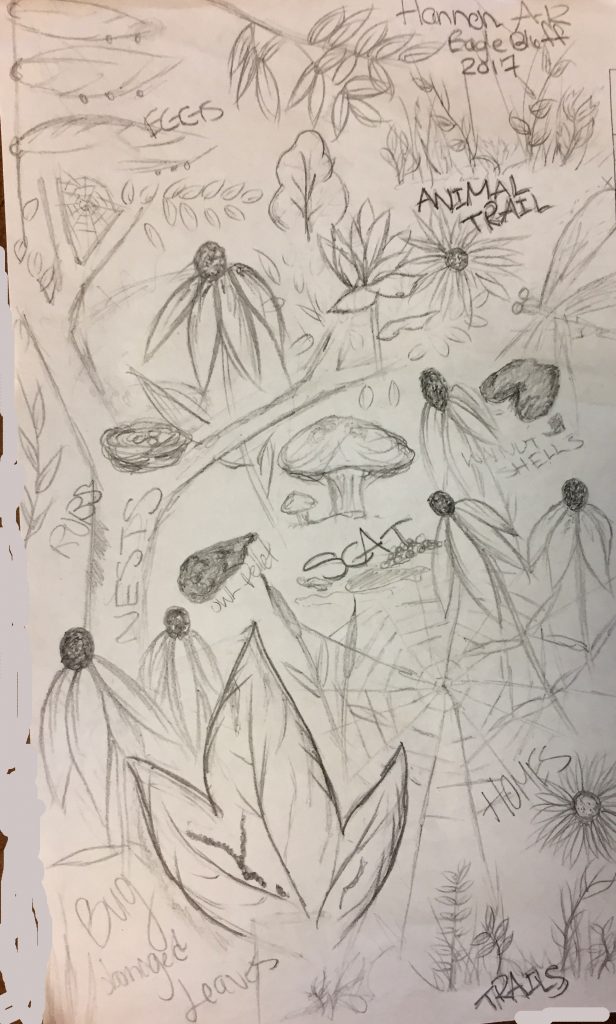
Hannah Arms Reginold
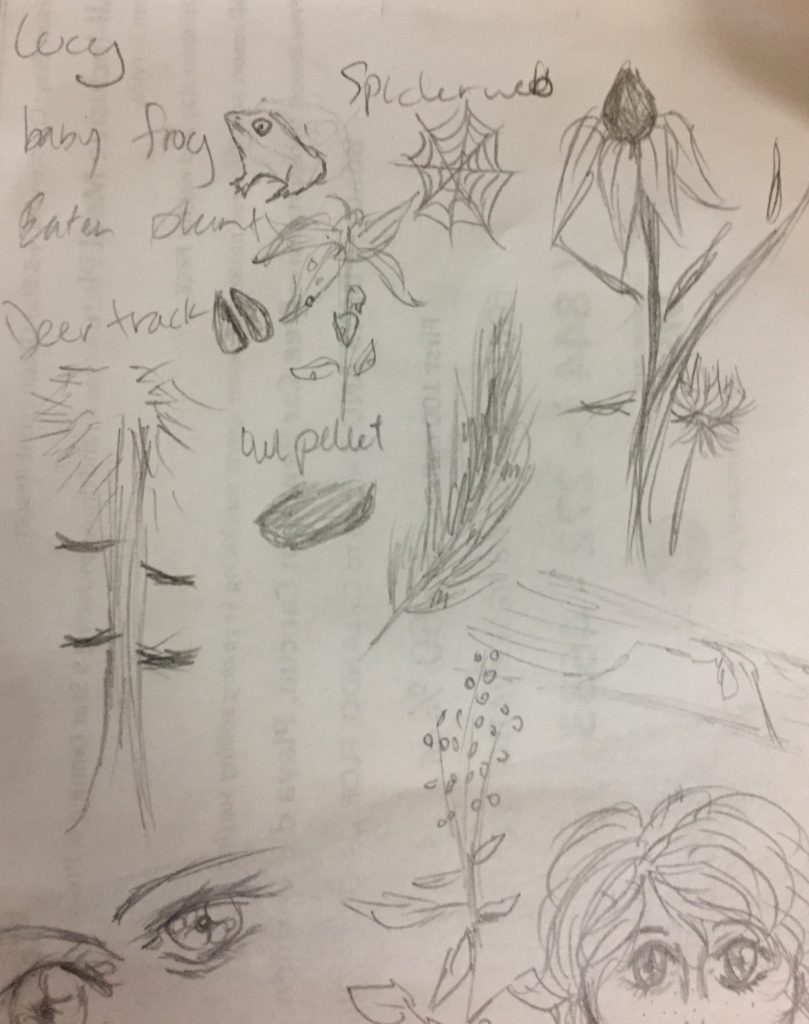
Nature notes
Lucy Smith

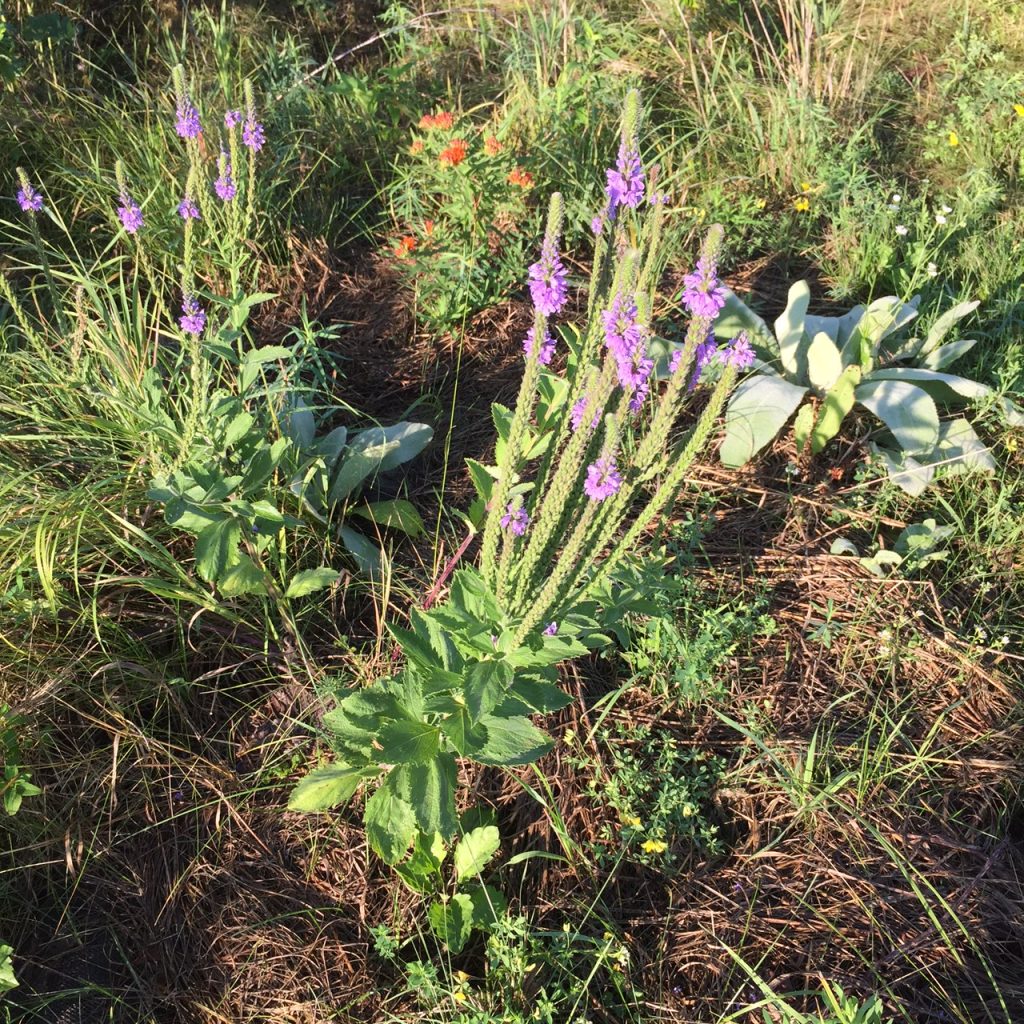
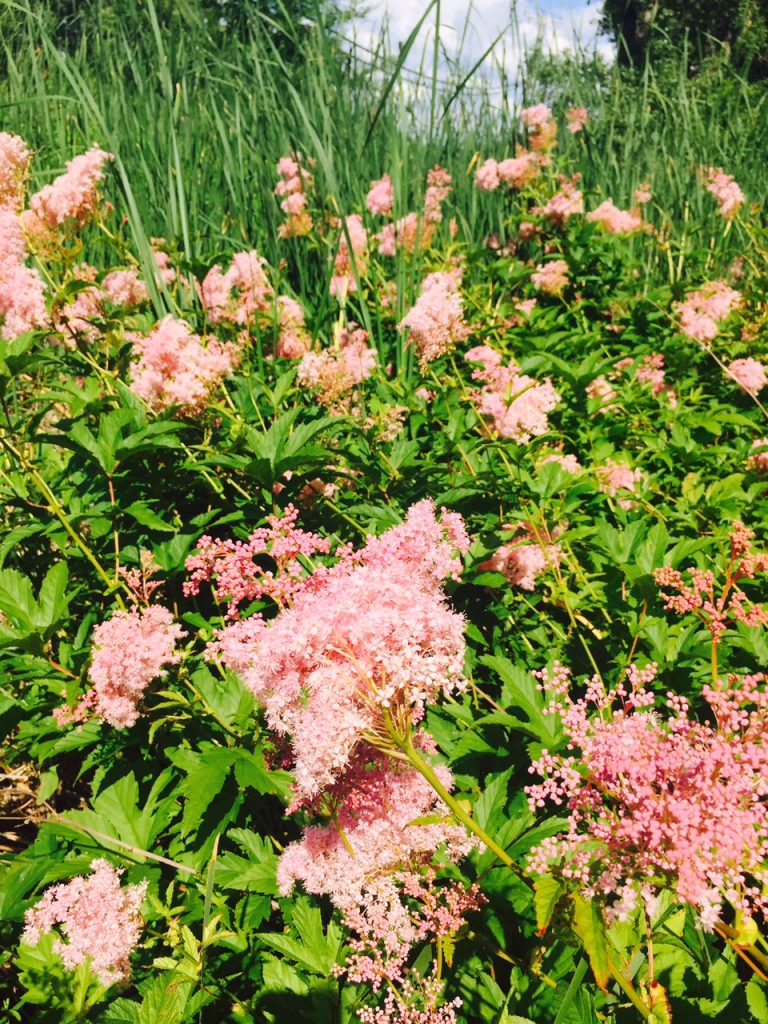
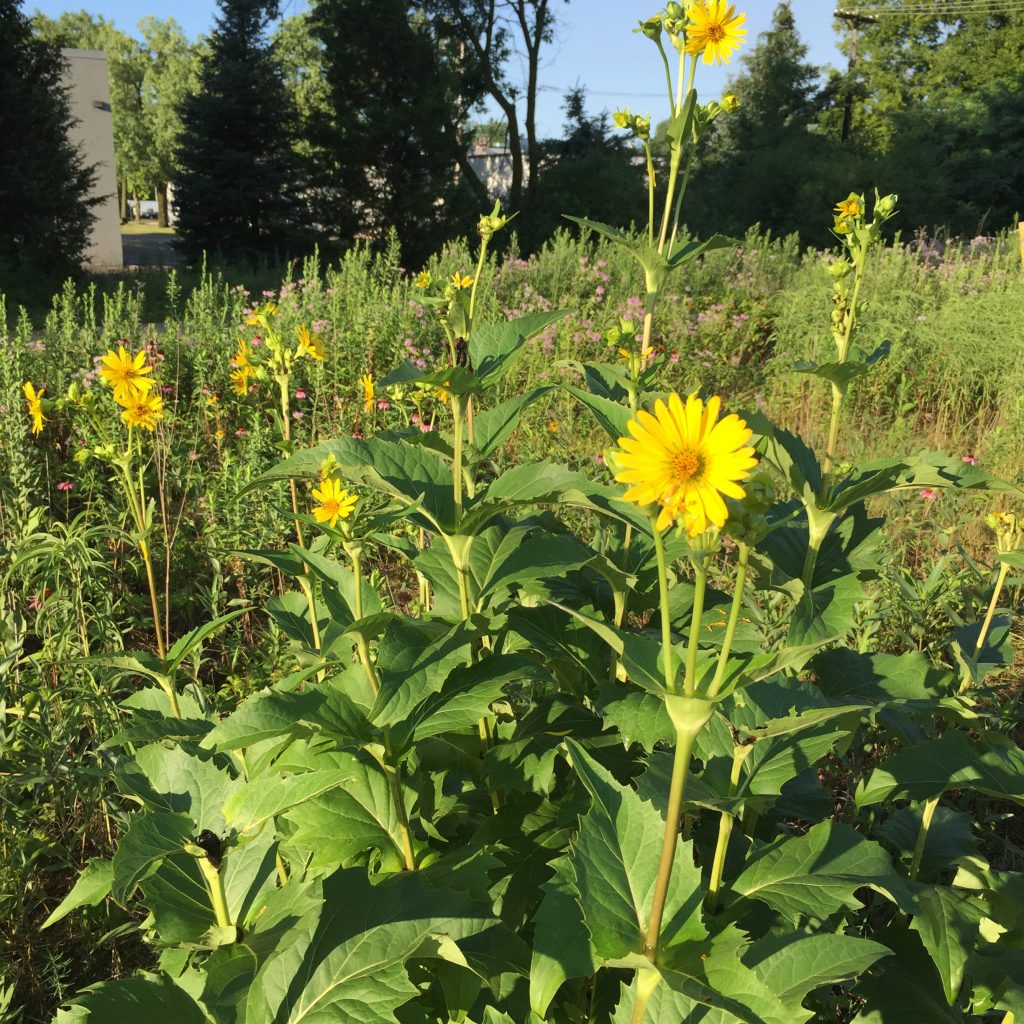
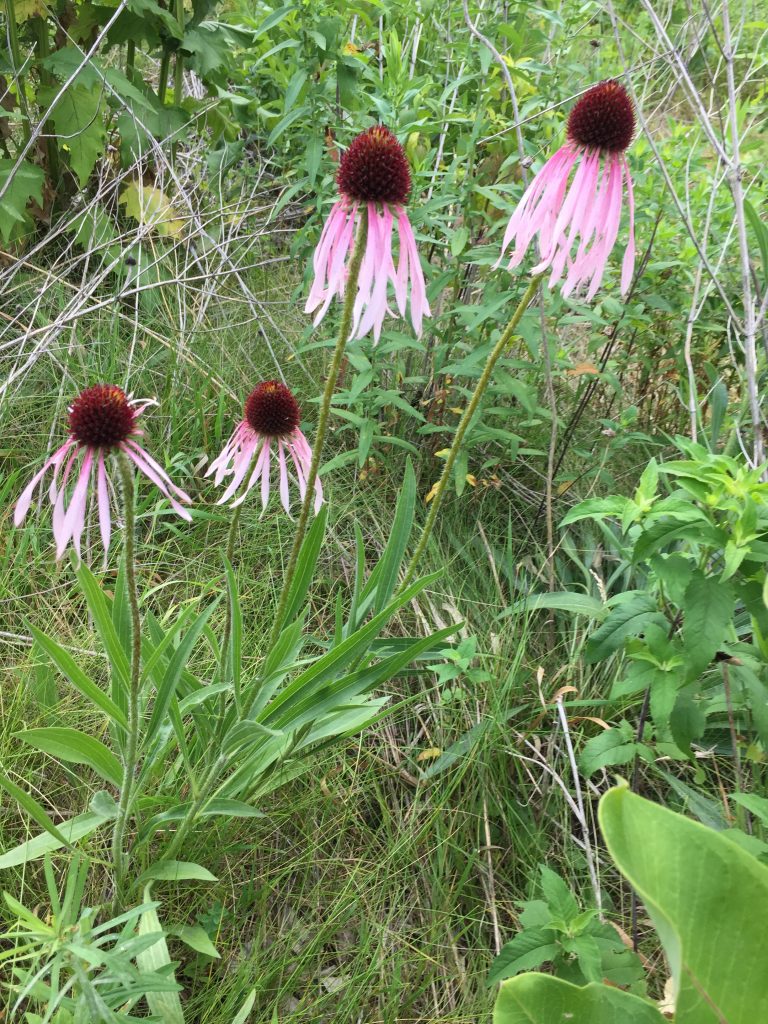
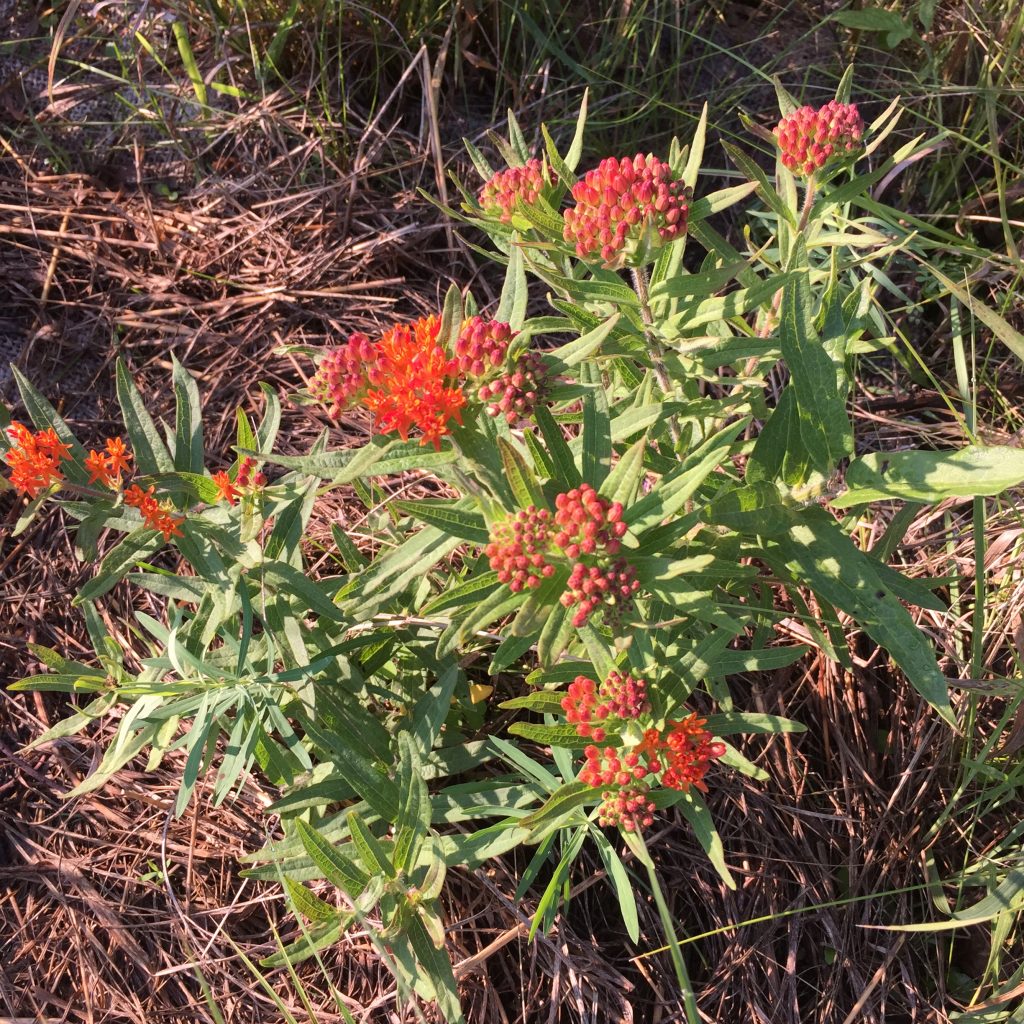
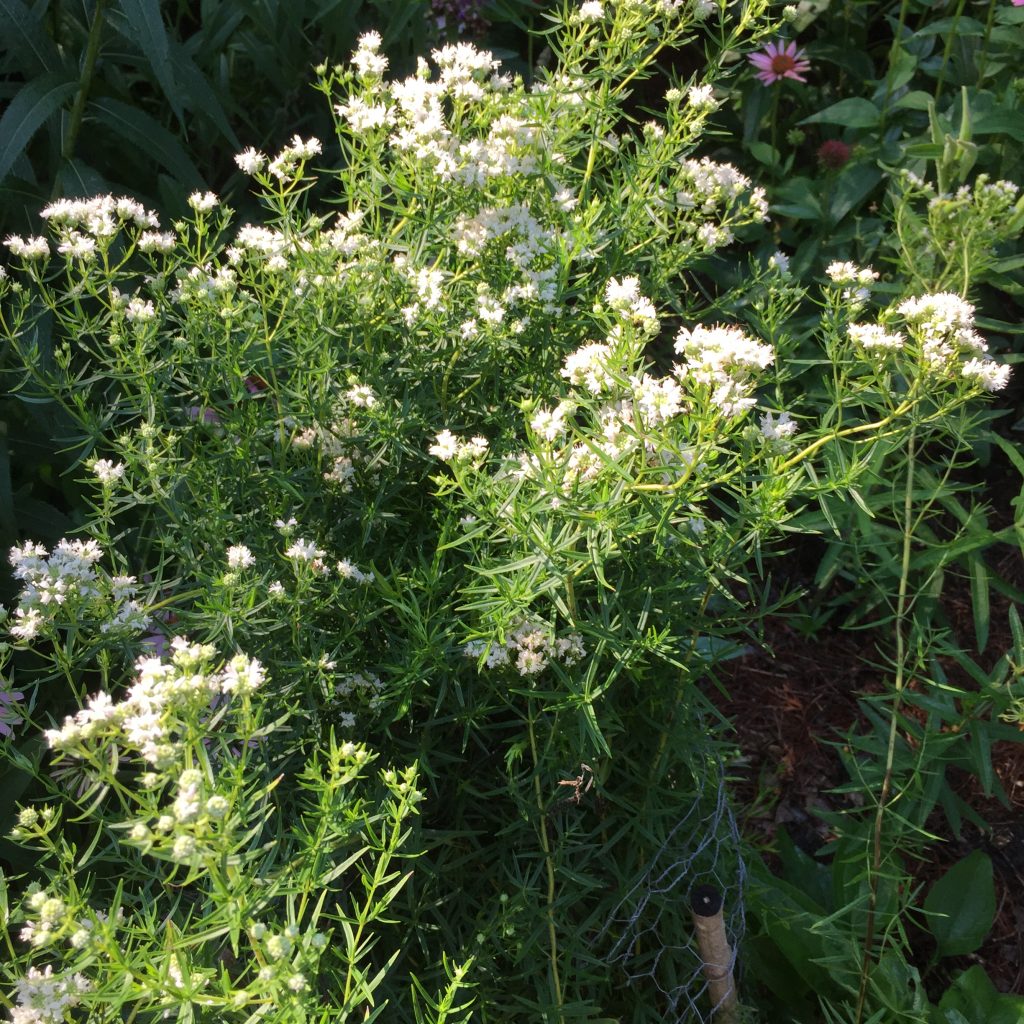
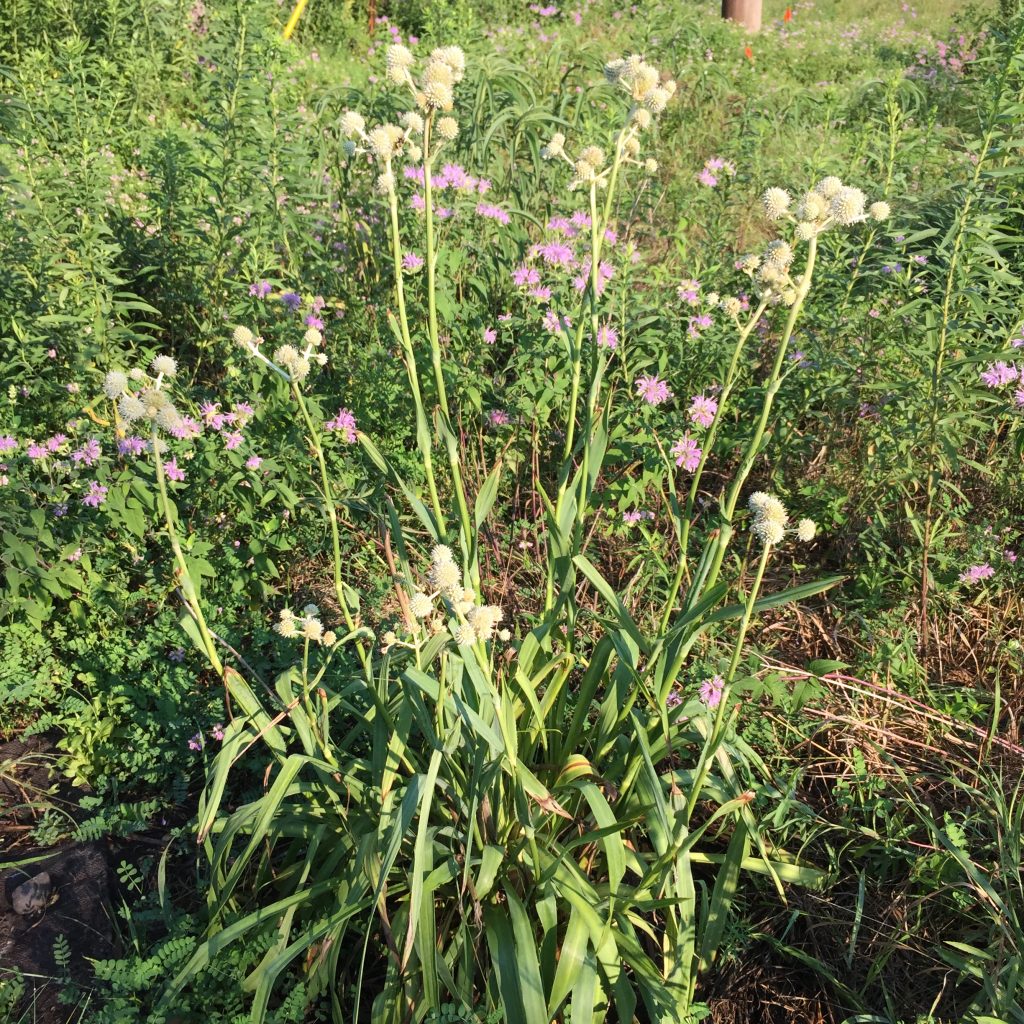
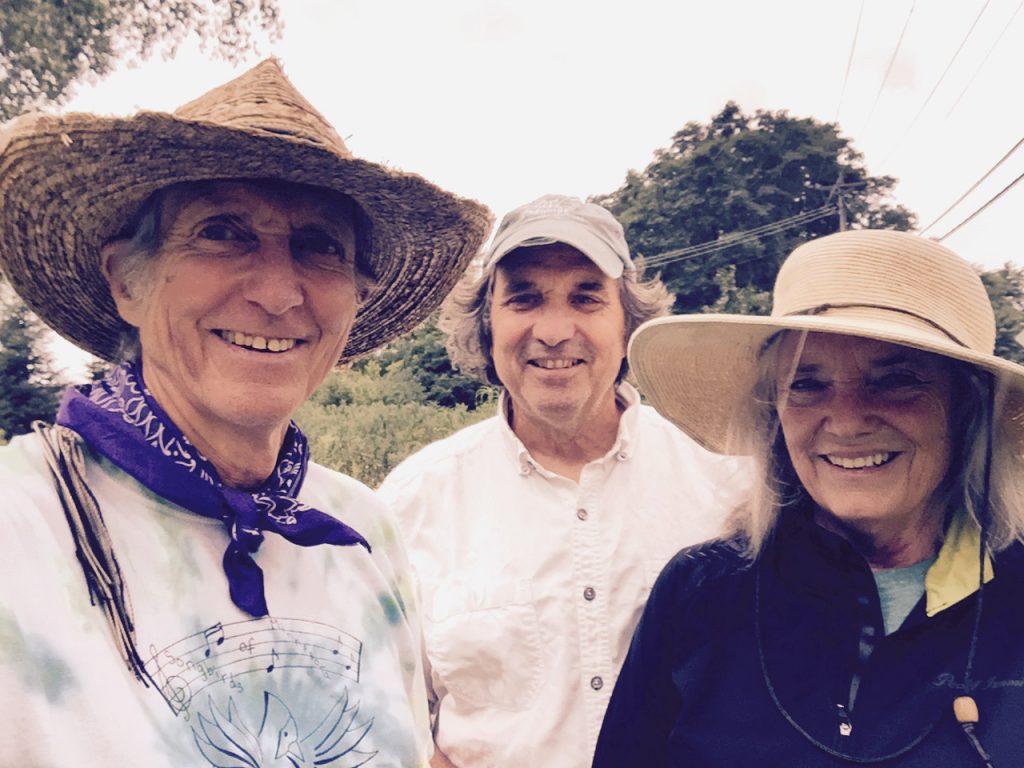
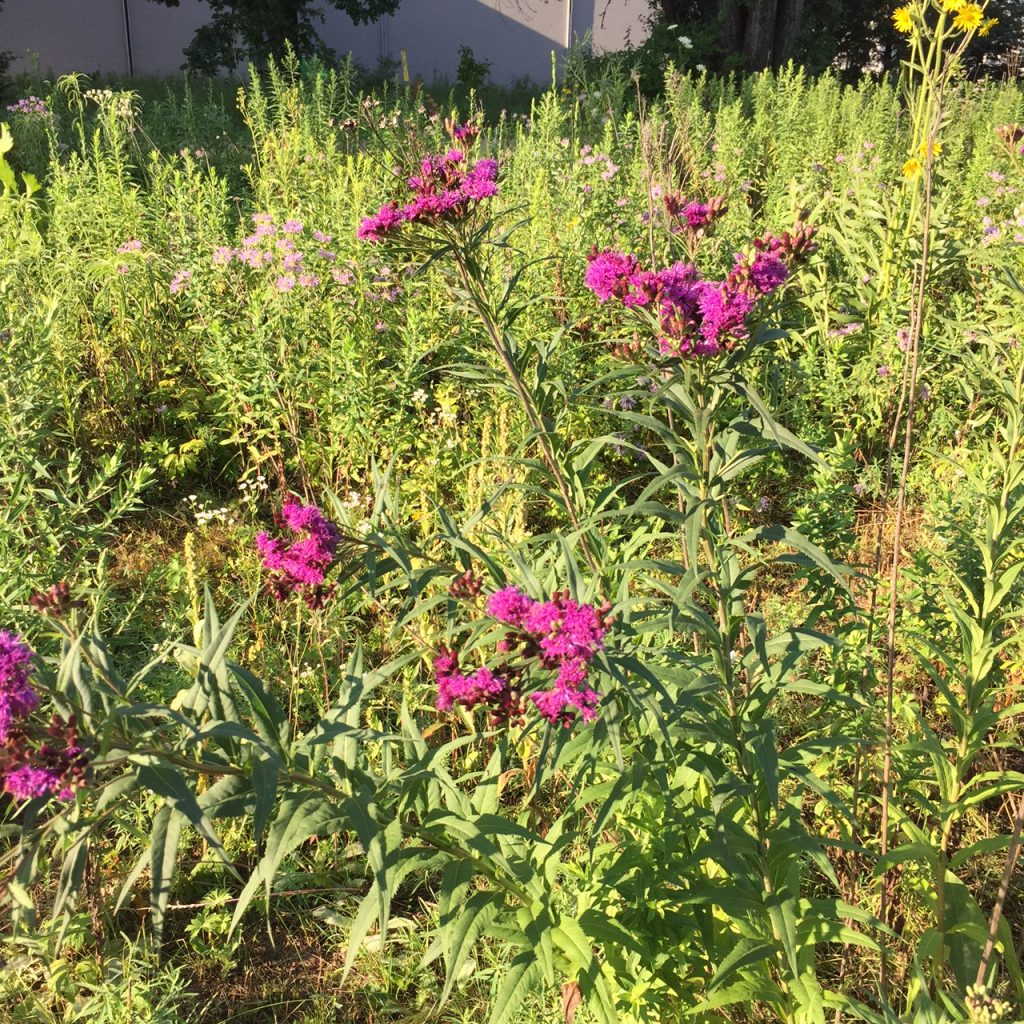



A real inspiration. Thank you for your hard work. I will continue my own work with greater fervor having read your article. I sure appreciate it.
What an awesome thing to do. The flowers are beautiful. At least you got a good rain. Here in Fillmore, Ca everything is so dry. Our beautiful mountains are almost barren. Its good to know what you have been doing with your life, Larry. Keep up the good work.
As a old classmate growing up, I’m very proud of what you have accomplished through the years.
This blog also brought tears to my eyes and a great pride in my heart, knowing that my brother, Lawrence was a part of this beautiful, earth healing project. Thank you to all of you for your years of commitment!
Tears came to my eyes! thank you very much. This project is truly inspirational.
You said it all with- “The more connected to the land we were, the more life we felt because we were included.” Your efforts have been repaid one-hundred-fold. A true guardian, one who finds their encouragement (and benefit) from a simple flower, the flutter of wings and buzz of happy bees.